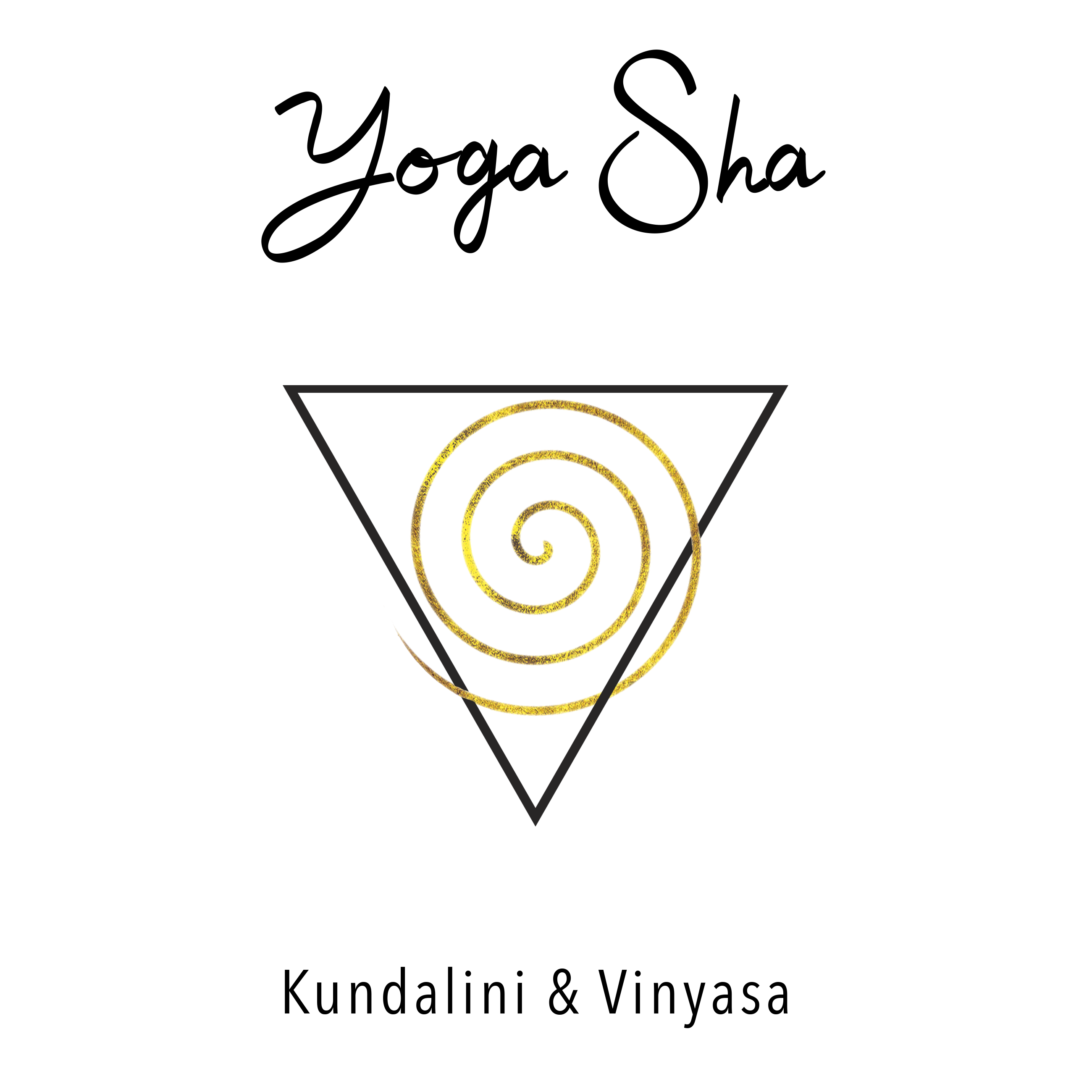Different parts of the whole
january 2023
It was six men of Indostan
To learning much inclined,
Who went to see the Elephant
(Though all of them were blind),
That each by observation
Might satisfy his mind
The First approached the Elephant,
And happening to fall
Against his broad and sturdy side,
At once began to bawl:
"God bless me! but the Elephant
Is very like a wall!"
The Second, feeling of the tusk,
Cried, "Ho! what have we here
So very round and smooth and sharp?
To me 'tis mighty clear
This wonder of an Elephant
Is very like a spear!"
The Third approached the animal,
And happening to take
The squirming trunk within his hands,
Thus boldly up and spake:
"I see," quoth he, "the Elephant
Is very like a snake!"
The Fourth reached out an eager hand,
And felt about the knee.
"What most this wondrous beast is like
Is mighty plain," quoth he;
"'Tis clear enough the Elephant
Is very like a tree!"
The Fifth, who chanced to touch the ear,
Said: "E'en the blindest man
Can tell what this resembles most;
Deny the fact who can
This marvel of an Elephant
Is very like a fan!"
The Sixth no sooner had begun
About the beast to grope,
Than, seizing on the swinging tail
That fell within his scope,
"I see," quoth he, "the Elephant
Is very like a rope!"
And so these men of Indostan
Disputed loud and long,
Each in his own opinion
Exceeding stiff and strong,
Though each was partly in the right,
And all were in the wrong!
– Indian folk poem –
The different parts of the elephant could be the different parts of the one body, the different traits of personality of one person or even different people who are all part of the same source. The problem is that most of us identify with the first perception of ourselves, meaning that when we are sick we tend to look only at the part of our body which hurts instead of assessing the whole body and looking for the cause of the illness, or we tend to identify ourselves with one or many parts of our personality to define who we are or finally, we tend to see ourselves as separate from all other living beings instead of recognising the same energy in others. We have difficulty taking a step back and get stuck in this first level of perception.
In my case, this is how I was brought up: to go to the doctor when I had a specific problem (the eye doctor if I couldn’t see properly, the lung doctor if I couldn’t breath correctly etc.), and to the define myself as opposed to others. Of course, there is no real problem in doing the latter while growing up, as this builds up the ego which is needed when becoming an adult and for making choices when growing out of childhood, as long as we realise at some point that we are not the ego. We are the witness to the ego; meaning that we notice our thoughts and feelings but are not them. Similarly, there is no problem in treating a specific health problem, but as long as we link it to the emotional and physical causes throughout our entire body.
What is your relationship to yourself? Who are you and how often do you take a step back from it and see yourself as a whole, as part of the same source as all others?
Sat Nam,
Yoga Sha

Commentaires récents